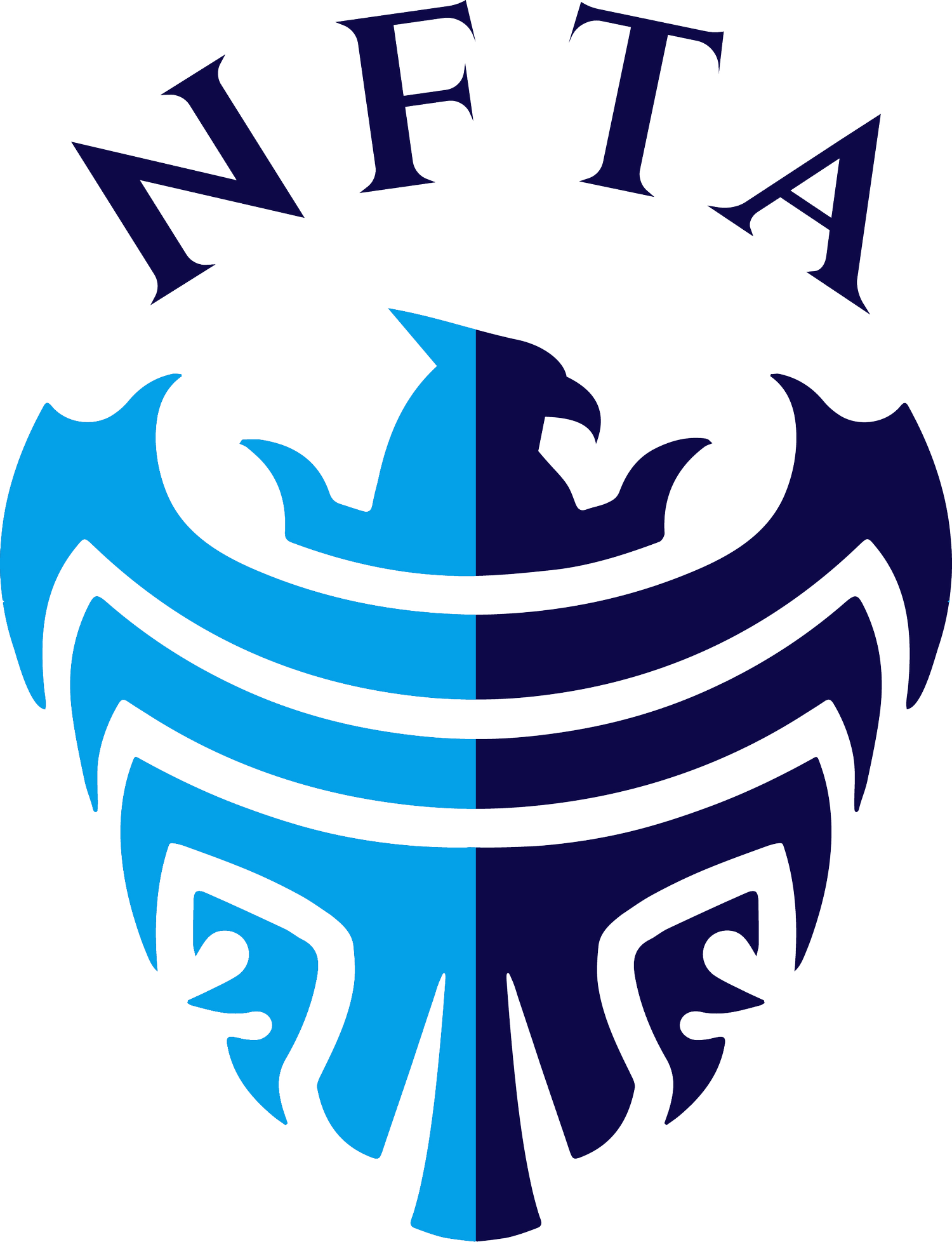A message from NFTA CEO Captain Lee Collins: The greening of aviation is intensifying. What does it mean for flight training academies?
Pictured Lee Collins
There’s been talk for years about the need for the aviation industry to play its part in contributing to green initiatives that may protect the planet and/or provide a better environment for those regularly exposed to some of the negative consequences of aviation activity, such as noise and carbon emissions. If you’ve flown on Delta recently you saw the airline’s sustainability video detailing the many ways it is going green. From eliminating the use of tons of single use plastic and striving for net zero carbon emissions and sustainable aviation fuel, to switching to electric ground vehicles and joining industry partners to guide the future of aviation, Delta and other major carriers are aiming for a cleaner aviation experience. And of course, that means that flight training schools will eventually need to follow suit.
One key area of sustainable training is the increased use of simulator technology. For the modern flight school, simulator training is among the best practices for adopting a cleaner approach to flight training. There are industry-leading simulators available to complement the in-flight training experience without sacrificing the quality of training. And because simulators don’t use fuel or airspace or create noise, they are a 100% green approach to a comprehensive flight training program. All good, right? Not exactly. First, many flight schools are not in the financial position to purchase advanced simulators - or are not willing to invest in the technology. Yet the broader issue is that the FAA limits the use of simulator training to a figure around 5% of an accredited flight training program. Why?!
The low percentage limit was put in place decades ago:
Before the introduction of Apple computer.
In an era when Pong and Atari were on the cutting edge of graphical computing.
At a time when the world was still using vacuum tube technology in most of our electronics and computers.
When we were still using the Saturn Five rocket to go to space.
You get the idea! The limit rules were proposed and implemented when simulator technology was in its infancy. Fast forward to today when simulators can completely replicate the cockpit and flight conditions to produce measurable training results within the flight training curriculum. At NFTA, we’re working with Congress and FAA personnel on behalf of our members and the flight training industry to increase simulator training hours to a still modest 250 hours (about 25%) from private through commercial training, with flight instructors also being credited for time in simulation training devices – they currently get zero credit! Increased simulator training is not just a cleaner, greener approach, it also eases congestion at busy airstrips and responds to pushes in some communities to eliminate or reduce flight training academies from local airports.
Change is happening now in global, national and local aviation. Without the professional advocacy available through NFTA membership and leadership roles, flight training academies are putting their future at risk. Join us as we work collaboratively as an industry to unify, promote and protect America’s flight training providers.

